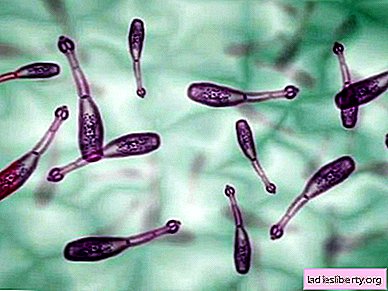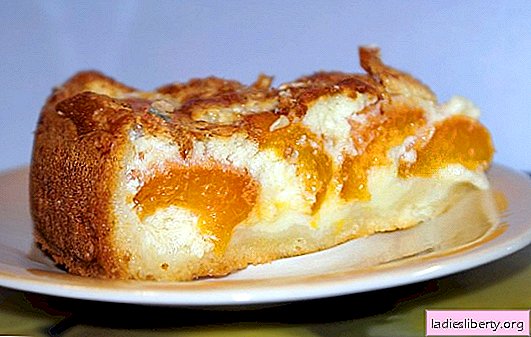
The genus of Vinca (Vinca) from the Banana family (Musaceae) includes about 12 species of perennial creeping evergreens, their growing places are Europe, Africa, Asia Minor and the Mediterranean.
Periwinkle has oppositely arranged, leathery, shiny leaves and single flowers of white, pink, purple or blue, which are located in the axils of the leaves. This plant is one of the most mysterious representatives of the flora and has a very difficult history. In the Middle Ages, it was considered a magical flower with healing properties and the ability to defeat evil spirits and attract love. During the Inquisition, it was used to determine guilt or innocence in witch trials, which is why it was called the witch's violet.
Today, this cute, but extremely viable flower is used as a decorative-deciduous and beautiful-flowering plant that adorns our parks and squares. In addition, due to its unique medicinal properties, it is used in folk and traditional medicine for the treatment of such difficult diseases as leukemia, lymphogranulomatosis, etc.
The most common types in our country are:
- small periwinkle (Vinca minor) - quite hardy, can grow in the winter in the middle lane;
- large periwinkle (Vinca major) - more thermophilic, more common in the southern regions, as it can die in frost without shelter;
- grassy periwinkle (Vinca herbacea) - grows in the southern steppes; he is photophilous and looks good in the alpine hills.
Periwinkles are widely used as groundcover plants. A carpet of them can very beautifully cover a bare section of the slope, while reliably strengthening it. However, you can quickly get such a lush carpet by planting flowers very densely, so that there are about 100 plants per square meter.
Depending on the species, some periwinkles are evergreen shrubs, while others drop leaves. Abundant flowering of the plant begins in mid-spring and continues in the summer, although it can last even until the fall. However, this late flowering is usually less plentiful and rich.
When growing a periwinkle, it is important to remember that it contains alkaloids and is a poisonous plant, so you need to make sure that it is not accessible to children.
Periwinkle - growing and care
All species of periwinkle are unpretentious plants, not demanding on soils, although they usually do not take root in wetlands. But periwinkles feel great in stony soil. It is better to grow fertile, loose, well-drained soils with a neutral reaction, for example, trunks of fruit trees in the garden (apple trees, pears, etc.). Periwinkles are very responsive to the application of organic and mineral fertilizers, so it is very useful to enrich the soil intended for the cultivation of these plants with humus, compost or leafy soil. Even in poor land, at least a little ennobled with fertilizers, they will cover the site with a beautiful solid blue carpet.
Periwinkle is a very drought-tolerant flower, and for good growth it has enough natural rainfall. In open ground conditions, it can grow both in shaded places and in the sun. However, the most optimal mode for these flowers is partial shade, since in deep shade they can quickly lose leaves, which under the scattered sunlight can also recover quickly.
In order for the periwinkles to grow well, pinching the shoots should be done.
Periwinkle - transplant and reproduction
The most common among amateur gardeners is the reproduction of periwinkle by cuttings, since this species is the simplest and most reliable. They are planted from late August to early September, or in the spring. When planting in open ground, the plants should be at a distance of 20-30 cm from each other. If it seems to someone that such a small plant does not need so much space, then this opinion will quickly change after a season, when the periwinkles cover the entire landing area with a dense carpet . Before the onset of severe cold weather, young plantings should be covered with a leafy pillow, especially for the pubescent periwinkle.
Evergreen species of periwinkles can be easily rooted with laden stems using the horizontal layering technique. To propagate a grassy periwinkle, one can use rooting of the shoots on the tops, on which wintering buds are formed.
In addition, periwinkle can be propagated by dividing the bush, which is produced in early spring, until the shoots begin to grow.
Under favorable conditions, the periwinkle can grow very much and displace other plants, so it requires timely transplantation and thinning.
Periwinkle - diseases and pests
Periwinkle is considered a flower, invulnerable to various diseases and pests. However, he can still be affected by scale insects. Get rid of them by spraying plants with a soap and water solution.
If you love flowers, but you don’t have time to take care of them carefully, then unpretentious periwinkles - modest, but very noble, beautiful and reliable plants will help you to decorate your site or garden.
Comments
will the root system of the bvvinki damage the foundation at home (no blind area)











